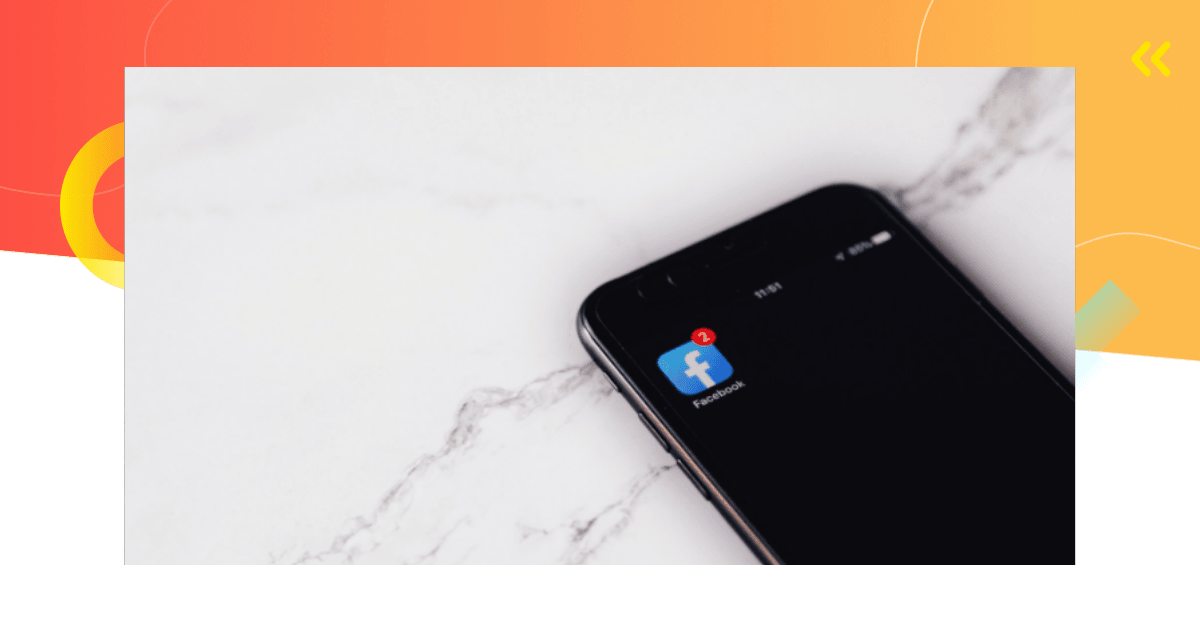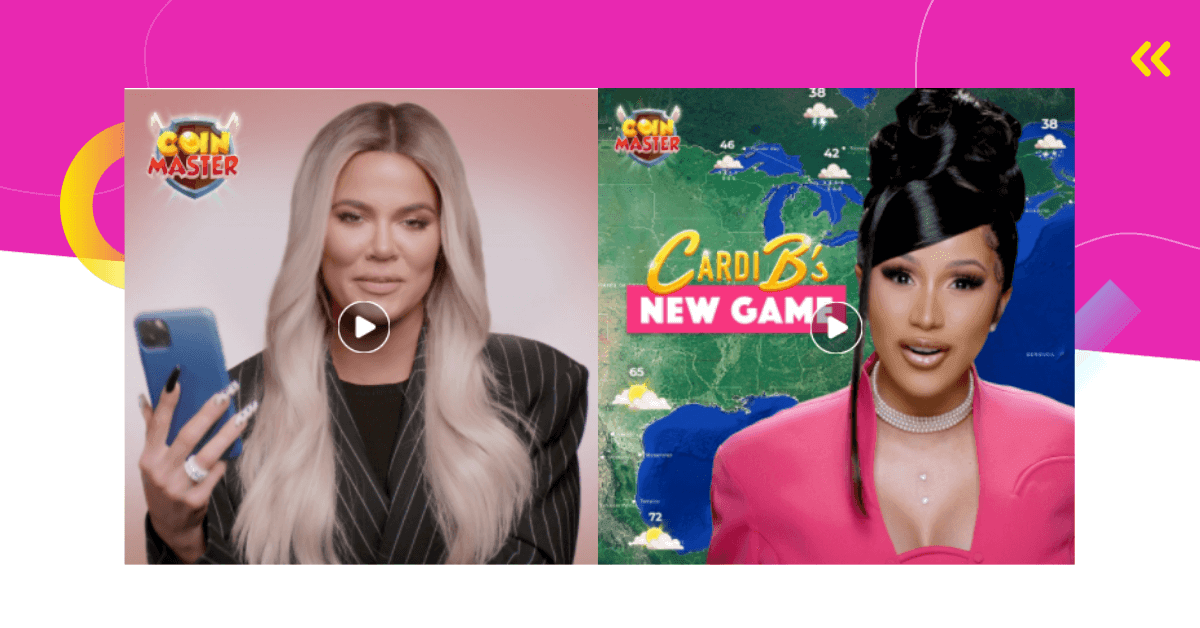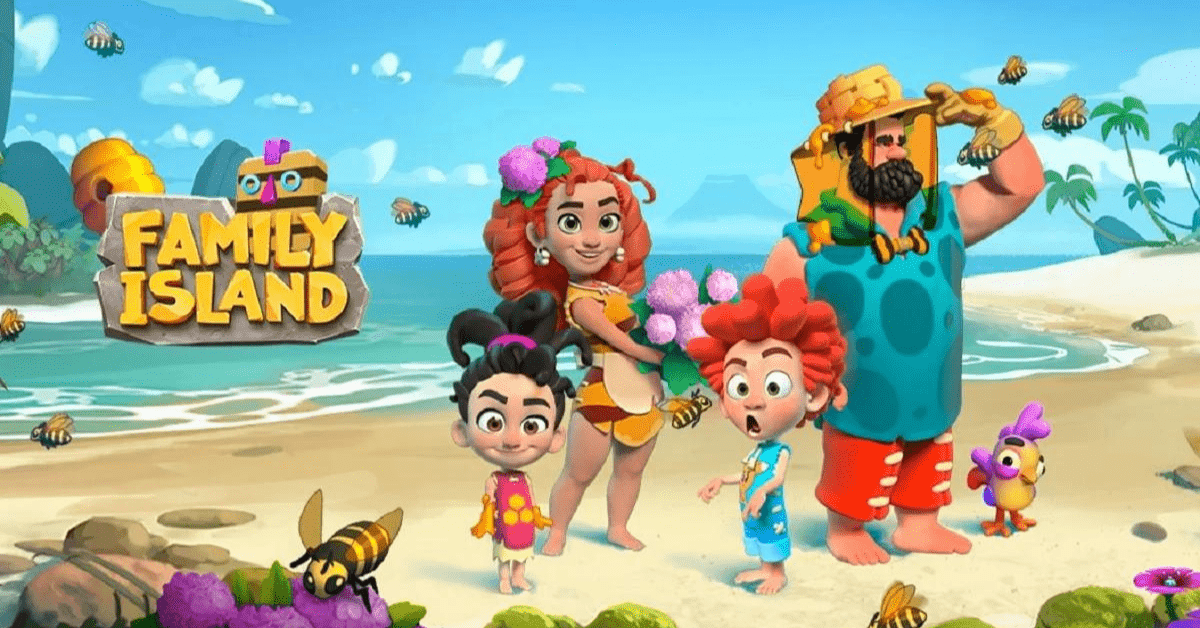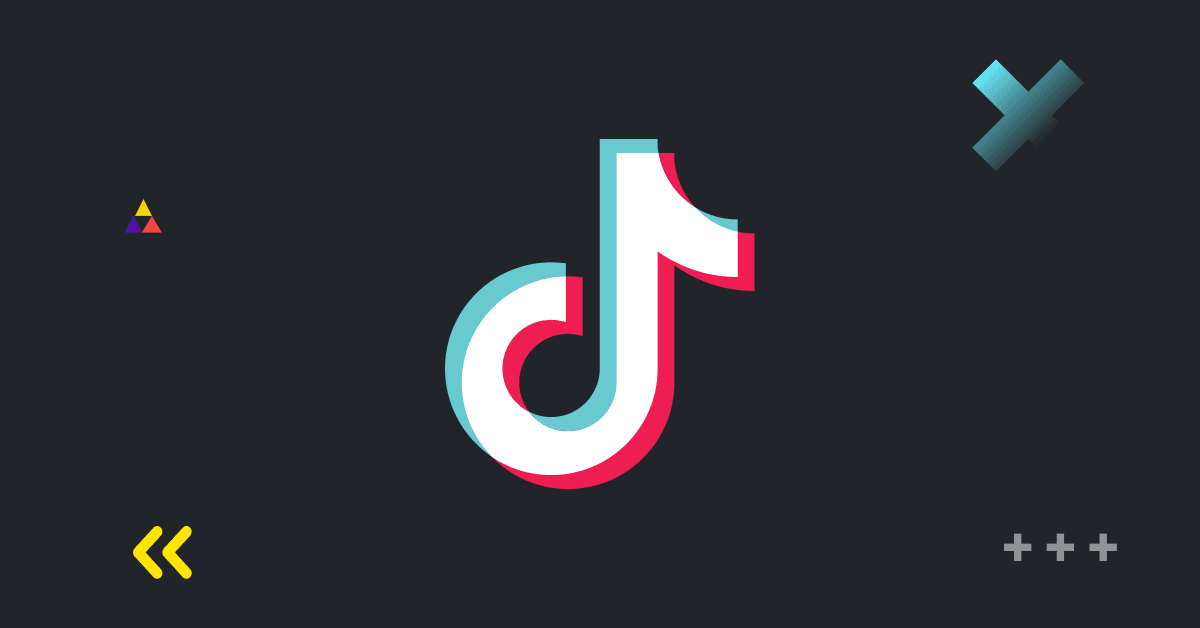If you’re searching for user acquisition strategies, you’re probably looking for smart, effective ways to get more people using your app, game, or digital platform.
Whether you’re in the mobile app industry, SaaS, mobile gaming, or consumer tech, this guide breaks down exactly how to do that—without wasting time or money on tactics that don’t work anymore.
Let’s start with the basics, because getting this part right shapes everything else you do.
What Is User Acquisition, and Why Strategies Matter
User acquisition means getting people to start using your product.
That could be:
- Downloading a mobile game
- Signing up for a SaaS tool
- Creating an account on a new platform
- Trying out a freemium service
In other words, a user doesn’t have to be a customer. This is what makes user acquisition different from customer acquisition.
They haven’t paid anything. But they’ve taken that first step. And that first step is everything.
Too many brands focus only on getting customers. But if your product has a freemium model, relies on retention, or needs a big user base to generate revenue (like games, social apps, or tools with in-app purchases), user acquisition comes first.

Why You Need a Real Strategy
Running a few ads isn’t enough.
The cost of acquiring users is rising across the board. According to Adjust (2024), the average cost per install (CPI) increased by 15% year-over-year, with even sharper spikes in some verticals.
That means you need a plan that actually fits your product, budget, and goals. You can’t just throw money at Meta ads or hope people discover your app organically.
You need to:
- Pick the right channels
- Create the right kind of content
- Track the right metrics
- Test and improve constantly
The good news?
When you get your user acquisition strategy right, everything else gets easier—retention, monetization, and long-term growth.

Paid User Acquisition Strategies
Let’s be real—if you want fast, scalable user growth, paid acquisition is the most direct route. It’s not the only way, but when it’s done right, it gives you control, clear data, and the ability to test fast.
These are the platforms and tactics that are still driving the best results in 2025.
Meta Ads (Facebook & Instagram)
Meta remains a powerhouse for user acquisition, especially if you know how to work the system.
Audience targeting is still a strength, despite the privacy changes post-iOS 14.5. You can go broad and let Meta’s algorithm optimize for installs or in-app events, or use lookalike audiences based on your best users.
Both approaches work—you just have to test.
Ad types matter a lot.
When marketing to gamers and app users, short videos (6–15 seconds) with clear, direct messaging usually outperform anything else.
Show the product in action. For example, a mobile game ad should open with the core gameplay mechanic in the first 2 seconds. SaaS apps? Screen-recorded walkthroughs or motion graphics work well.
Ad fatigue is real, so refresh ads often. The sweet spot for many advertisers is 3–5 new creatives per week (Meta for Business, 2024). Also, test different hooks, angles, and CTAs. Sometimes, just changing the first 3 seconds of the video can save a dying campaign.
Lastly, optimize for value, not volume. If you’re just optimizing for installs, you might get cheap traffic that doesn’t convert. Optimize for events like sign-up, tutorial completion, or even purchase—whatever your real KPI is.
TikTok Ads
TikTok has gone from experimental to essential. It’s now a top acquisition channel for mobile apps and games, especially when you do it right.
Why?
Because it’s a discovery engine, not just a social network.
People scroll with an open mind. That makes it perfect for introducing new products—if you speak the platform’s language.
What works best on TikTok:
- UGC-style videos that look like regular posts, not polished ads
- Trendy sound effects or audio clips that blend into the feed
- Text overlays that hook viewers fast—questions, pain points, bold claims
- Creators acting like real users, demoing or talking about your product naturally
The top-performing ads often feel like someone casually showing off their favorite new app or game. And don’t ignore the TikTok Creator Marketplace—partnering with micro-influencers can boost engagement and credibility.
If you’re launching a mobile game, ad creatives showing progress bars, challenges, or fake fails still work like magic when done right.
But make sure the gameplay you’re showing matches the actual product—you don’t want churn from fake ads. Also, follow the proper ad specs for TikTok.
Google App Campaigns
Google’s App Campaigns take a different approach: automation.
You feed the system a mix of creative assets (text, videos, images), set your budget and goal, and Google uses machine learning to serve your ads across:
- Google Search
- Google Display Network
- YouTube
- Google Play Store (for Android apps)
That means your ads can show up when someone searches “best budget app” on Google, watches an unboxing video on YouTube, or scrolls through a free game on Android. It’s wide reach with minimal micromanaging.
But here’s the key: your asset quality makes or breaks performance. The system tests combinations of your headlines, images, videos, and app store listings. So you need strong creatives in each format.
Another advantage? Google’s deep linking and event tracking is solid, especially for Android. You can optimize for installs, purchases, or any custom event.
Pro tip: use Firebase or a mobile measurement partner (MMP) to get the most accurate performance data and improve your bidding model.

Influencer UGC
This one has exploded in the last 18 months—user-generated content from influencers now rivals traditional paid ads when it comes to driving installs and sign-ups.
Here’s why: UGC feels native. Real. Authentic. That makes it more trustworthy and more engaging, especially on platforms like TikTok, YouTube Shorts, and Instagram Reels.
But you don’t need to spend $50k on a macro influencer. In fact, micro and mid-tier creators (under 100K followers) often perform better. Their audiences trust them more, and they’re cheaper and easier to work with.
Here’s how to do it right:
- Provide a simple script or outline, not a rigid ad
- Let creators speak in their own voice and format
- Focus on problems solved and user experience, not features
- Repurpose the content in your paid campaigns (with permission)
This is especially powerful for app startups or indie games. You get content and credibility. And platforms like TikTok Creator Marketplace, Collabstr, or even Twitter/X DMs make outreach easier than ever.
Also: track performance. Use unique links, promo codes, or MMPs to see which creators actually drive results. The more data you have, the more confidently you can scale.

Organic User Acquisition Strategies
Paid ads are great for speed and scale—but they’re not always sustainable long-term, especially if your product doesn’t monetize early or if you’re working with a tight budget. That’s where organic and viral strategies come in.
These methods take more time upfront but often create compounding returns. They help you grow without constantly paying for every new user.
Let’s break down the ones that still work in 2025.
App Store Optimization (ASO)
If you’re promoting a mobile app or game, this one is non-negotiable. ASO is basically SEO for app stores. It helps you rank higher in search results on the App Store and Google Play, which means more organic installs—no ad spend required.
Here’s what actually moves the needle:
- Title and Subtitle Optimization: Use relevant, high-volume keywords in your app name and subtitle. This affects visibility a lot. ASO tools like AppTweak or Sensor Tower can help you find the right terms.
- Visuals Matter: Your icon, screenshots, and app preview video all impact conversion. A/B test everything. According to SplitMetrics (2024), changing your first screenshot can improve CVR by up to 30%.
- Ratings & Reviews: These are huge. Apps with more than 4 stars consistently convert better. Prompt happy users to leave reviews with smart in-app prompts—after they’ve had a good experience, not randomly.
- Localization: Translating your app store listing (even partially) into other languages can give you a boost in non-English markets without much effort.
Done right, ASO gives you free, consistent traffic and compounds over time. It’s one of the best ROIs in mobile growth. Also, it works well with paid UA.
Referral & Invite Systems
Word of mouth still works—especially when there’s something in it for both sides. That’s the power of referral systems.
Think Dropbox’s “get free storage for inviting friends” or mobile games that give rewards for every invited user who joins and hits a milestone.
Here’s what makes a referral system work:
- Simple, clear rewards for both the inviter and the invitee
- Low friction (ideally just a link, no codes or extra steps)
- Triggers at the right moment, like after a user finds value in your product
The best part?
Referred users tend to retain better—they trust the recommendation more than an ad.
You don’t need to build a complex system either. Tools like Branch or Firebase Dynamic Links make it easier to create and track referral flows without starting from scratch.
Content Marketing (SEO for Apps & Tools)
If you’re not in mobile gaming and your product has a web component—think SaaS, finance apps, productivity tools—content marketing is a powerful long-term channel.
The goal is simple: create useful content that matches what your users are already searching for. Then lead them to try your product.
For example:
- If you’re a budget tracking app, write a post on “How to Save $1,000 in 3 Months”
- If you run a team productivity tool, cover “Best Free Project Management Templates”
Make sure to:
- Use tools like Ahrefs or Ubersuggest to find keywords
- Optimize your headlines, meta descriptions, and image alt tags
- Include CTAs that drive installs or signups, not just traffic
Content takes time to rank, but once it does, it works 24/7—and you don’t have to keep paying for clicks.
Also: don’t sleep on YouTube. Tutorials, explainers, and reviews of your app can rank for high-intent search terms and drive steady traffic over time.

Social Media & Community Building
This one’s about playing the long game—building an audience that cares about your product, interacts with your content, and shares it with others.
You don’t need to be on every platform. Choose the one that makes sense for your niche:
- Reddit: Great for organic discovery, but be careful—self-promotion gets flagged fast. Join relevant subs, answer questions, and build trust first.
- Discord: Ideal for games, tools with strong communities, or early access programs. You can use Discord to share updates, collect feedback, and build loyalty.
- TikTok and Instagram Reels: These aren’t just paid channels. You can go viral with the right format—funny, educational, weird, or highly relatable content that shows your product in action.
- LinkedIn: If you’re in B2B SaaS or productivity, LinkedIn posts can quietly generate massive reach. Especially if you (or your team) share wins, learnings, or user success stories.
The key here is consistency + authenticity.
People won’t follow a ghost town. Post regularly, respond to comments, and treat your users like part of the product journey.

Pre-Launch & Launch Boosters
The weeks before and right after launch are make or break. If you just drop your app or game without any testing, hype, or early feedback, you risk burning ad dollars, missing bugs, and wasting your one shot at a big push.
Instead, use this window to test, learn, and build momentum. Here are two smart ways to do it.
Soft Launch with Ad Testing
A soft launch is like a dress rehearsal—but one that gives you real data and helps you avoid expensive mistakes later on.
It means releasing your product to a limited audience before going global. This is especially common in mobile gaming, but more app and tool makers are adopting this strategy in 2025.
Here’s what makes a soft launch so valuable:
- Creative testing: Run paid ads (especially on Meta or TikTok) with multiple variations to find your top-performing creative concepts. This helps you know what actually attracts users before spending big.
- Funnel insights: Track key metrics like CPI, sign-up rate, onboarding completion, and Day 1/Day 7 retention. These early signals help predict long-term ROAS and LTV.
- Technical feedback: Spot bugs, crashes, and performance issues under real-world conditions. Better to fix these before your big public push.
- Market targeting: Soft launches are often done in Tier-2 countries (like Canada, Australia, or the Philippines) where ad costs are lower but behavior mirrors top markets.
Pro tip: Don’t just test ads. Test onboarding flows, feature gating, monetization triggers, and app store listings. The more you fine-tune during soft launch, the smoother your global launch will be.
Product Hunt or Beta Access Campaigns
If you’re launching a SaaS product, a productivity app, or anything developer-facing, Product Hunt can be your secret weapon.
It’s one of the few platforms where people want to discover and try new things. If you time it right and prep your campaign, a good Product Hunt launch can drive:
- A big spike in traffic
- Early user sign-ups
- Feedback from tech-savvy users
- Inbound press or partnership interest
To make the most of it:
- Have a polished landing page (or microsite) that clearly shows the value
- Add real screenshots, a demo video, or GIFs
- Be active in the comments—answer questions, thank people, and show you’re listening
- Rally your community to support you during the first few hours
Don’t stop there. For other product types, beta access campaigns with limited invites can create the same kind of buzz and urgency.
- Offer early access in exchange for feedback
- Make it clear that spots are limited (and mean it)
- Collect testimonials and reviews to use at full launch
- Build a waitlist and email funnel so you’re not starting from zero on day one
When done right, pre-launch campaigns not only build hype—they give you proof that your product is worth launching in the first place.
Retention Part of User Acquisition Strategies
It might sound strange, but retention is one of the most important parts of user acquisition. Getting someone to install or sign up is only half the job—what happens after that click determines whether your acquisition strategy actually works.
If users bounce after one session or abandon your app during onboarding, you’re not just losing users—you’re wasting money.
Why Retention Matters for Sustainable Growth
Let’s break it down: say you’re running paid campaigns and your cost per install (CPI) is $3. If only 10% of those users stick around past day 1, you’re effectively paying $30 for every engaged user.
That’s a terrible return, no matter how optimized your ad is.
Now flip that.
If your onboarding is solid and your early retention is 40%+, your CPI becomes much more efficient, because more users are turning into long-term value.
This is why retention needs to be baked into your acquisition strategy from the start. Not as an afterthought. Not as a separate team’s problem. From day one.
Here’s what to focus on.
Onboarding Optimization
The first-time user experience is everything.
Remove friction. Show value fast. Cut anything that slows people down. If your app takes too long to set up or isn’t instantly clear, people bounce.
In-app Engagement Tools
Features like push notifications, progress bars, tutorials, and streaks keep users active. Use these strategically—not to annoy, but to gently guide. Tools like OneSignal, Braze, or Firebase help you build smart engagement flows.
Behavior-based Triggers
Send reminders or rewards based on what users did (or didn’t) do. For example, if someone signs up but doesn’t complete a key action, trigger an in-app prompt or email that nudges them forward.
Early Value Delivery
Ask yourself: how quickly does a new user get that “aha!” moment? The faster you deliver value, the higher your retention.
Improving retention won’t just make your users happier—it directly improves ROAS, extends lifetime value (LTV), and helps your acquisition campaigns scale more efficiently.
The best part? Even small gains here can have a massive impact. A 5–10% bump in Day 1 or Day 7 retention can double your effective ROI on ads.

Metrics That Matter
When you’re running user acquisition campaigns, it’s easy to get lost in all the numbers. But not all metrics are equally important.
To make smart decisions—and know whether your strategy is working—you need to focus on the metrics that actually impact growth and profitability. These four are the foundation.
CPI (Cost Per Install)
CPI tells you how much you’re paying for each new app install. It’s a core metric in mobile marketing, especially for games, utility apps, and any product that lives on the App Store or Google Play.
CPI Formula:
Total Ad Spend ÷ Number of Installs
Why it matters: CPI helps you evaluate how efficient your campaigns are at driving new users at the top of the funnel. A low CPI can look great, but only if those users stick around.
Tip: Don’t judge an ad by CPI alone. A $1 CPI means nothing if retention is poor. A $5 CPI can be totally worth it if those users become power users or payers.
CAC (Customer Acquisition Cost)
CAC includes everything it takes to acquire a paying customer, not just an install or sign-up. That means marketing costs, creative production, and often even tools or team overhead.
Formula
Total Acquisition Cost ÷ Number of Paying Customers
Why it matters: This is especially important for subscription apps, SaaS products, or any business with a clear paywall. If your CAC is higher than your LTV, you’re in trouble.
For freemium products, you may calculate blended CAC, which includes users acquired via both paid and organic methods.
Tip: CAC usually looks worse than CPI because it tracks deeper into the funnel, but it gives you a much clearer picture of actual ROI.
ROAS (Return on Ad Spend)
ROAS shows how much revenue you’re making for every dollar you spend on ads.
Formula
Revenue from Ads ÷ Cost of Ads
Example: If you spend $10,000 and earn $15,000 in revenue, your ROAS is 1.5 (or 150%).
Why it matters: ROAS tells you whether your campaigns are profitable. But here’s the catch—it only works if you’re tracking revenue properly. That means setting up event tracking, using a mobile measurement partner (MMP), and accounting for delays in monetization (like in subscription models or games with IAPs).
Tip: Look at ROAS by cohort (Day 7, Day 30, Day 90) to understand long-term value. Short-term ROAS may look weak even if the campaign performs well over time.
LTV (Lifetime Value)
LTV is the total revenue you expect to earn from a user over their entire time using your product. It’s often the most important metric—because it tells you how much you can afford to spend on acquisition.
Formula (basic version)
Average Revenue per User × Average Customer Lifespan
In practice, this gets more complex. You’ll want to segment users, track retention curves, and project future spend or subscription revenue. But the goal is the same: know what a user is worth to your business.
Why it matters: LTV is your ceiling. If your CAC is lower than LTV, you can scale. If not, you either need to improve retention/monetization or reduce your acquisition costs.
Tip: Many companies use predictive LTV models based on early behavior (like how active a user is in the first 7 days). This helps you act fast instead of waiting 6 months for actual results.
Final Thoughts on User Acquisition Strategies
There’s no one-size-fits-all formula for user acquisition. What works for mobile game acquisition might flop for a SaaS tool. The key is to match your strategy to your product, audience, and goals—then test, measure, and improve as you go.
Start with 2–3 of the strategies in this guide. Watch your metrics. Double down on what works. Cut what doesn’t.
And remember: acquisition is just the first step. Retention, engagement, and lifetime value are what turn installs into growth—and growth into a sustainable business.
Need help with strategy or ad creative? That’s what we do at Udonis. Just reach out. 😉







Comments